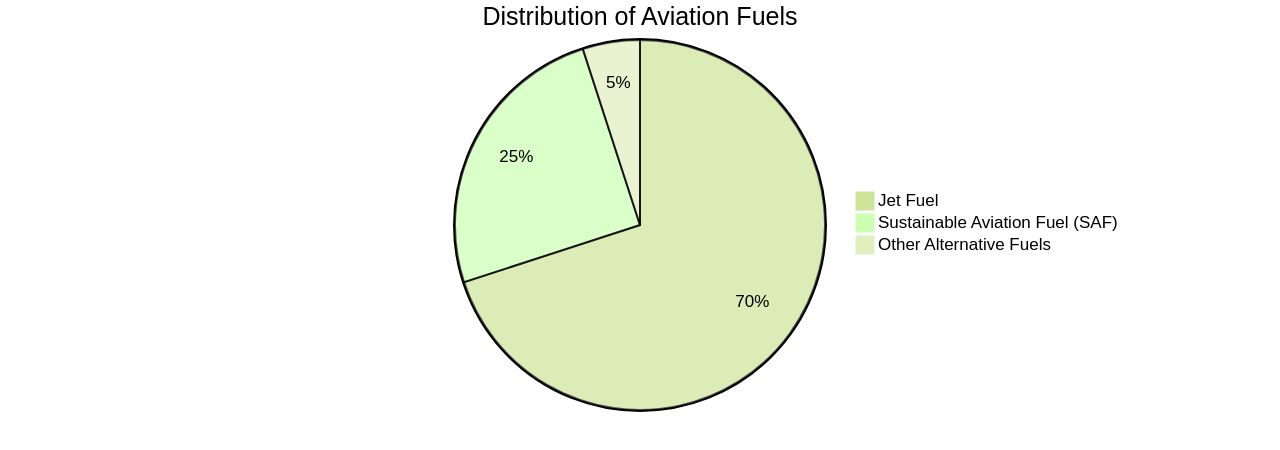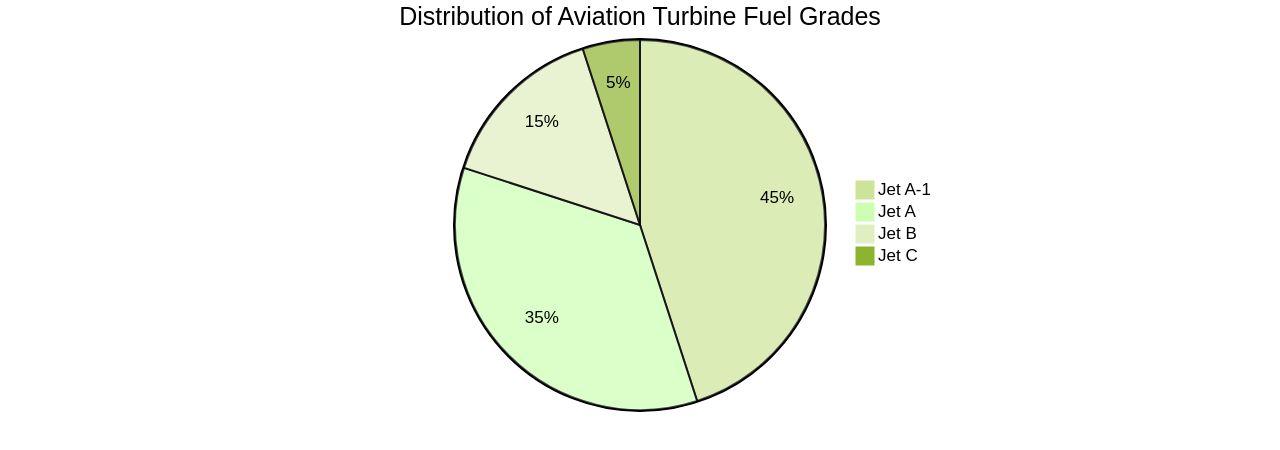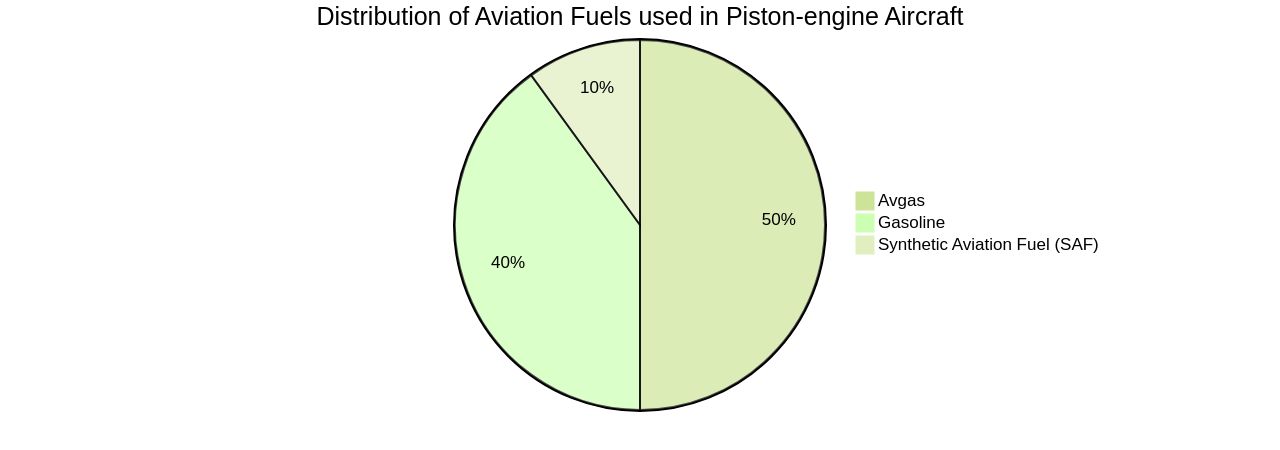Introduction
The aviation industry is on the cusp of a significant transformation towards more sustainable fuels. While jet fuel has been the primary choice for powering aircraft, sustainable aviation fuels (SAFs) are emerging as promising alternatives.
These renewable and energy-dense fuels offer the potential for substantial carbon dioxide emissions reduction. However, their adoption presents challenges and requires the industry to navigate a learning curve. In this article, we will explore the types of aviation fuels, including SAFs and jet fuel, and discuss the opportunities and obstacles in transitioning towards a cleaner and greener aviation industry.
Types of Aviation Fuel
Aircraft rely on various types of fuel, with the most prevalent being jet fuel, a formulation tailored specifically to the requirements of jet engines. However, the aviation industry is on the verge of a significant shift towards more sustainable alternatives. Sustainable Aviation Fuel (SAF) is emerging as a promising contender.
Despite being a renewable and energy-dense fuel, SAF adoption presents a substantial learning curve for an industry that has remained largely unchanged for the past seven decades. Electrofuel, a type of synthetic aviation fuel, offers the potential for significant carbon dioxide emissions reduction, though exact percentages are currently unavailable. The use of these alternative fuels requires minimal modification to existing aircraft and airport infrastructure, making them an attractive solution to the aviation industry's pressing need to meet its net-zero carbon dioxide emissions target by 2050.
However, the success of these fuels hinges on a multitude of factors. As of 2022, alternative fuels constituted less than 0.2% of the global jet fuel supply, necessitating rapid progress to increase this percentage. While the potential of SAFs is undeniable, it's crucial to consider the associated challenges.
For instance, sustainable aviation fuels derived from animal fats face limitations in supply and raise ethical concerns. The push towards SAFs is a global initiative, with regions like the Great Lakes and the Rocky Mountain actively exploring the potential of these fuels. The goal is clear - to shape a cleaner, greener aviation industry that aligns with global efforts to combat climate change.

Jet Fuel: The Most Common Type of Aviation Fuel
Aviation turbine fuel (ATF), or jet fuel, is a meticulously refined petroleum product, designed specifically for powering jet engines. It is categorized into several grades such as Jet A, Jet A-1, Jet B, and Jet C. Each grade possesses unique properties and performance traits, making them ideal for various aircraft types and operating conditions.
The aviation industry is witnessing a significant shift towards sustainable aviation fuel (SAF), a renewable, energy-dense fuel essential for the sector. SAF proves to be a potential solution for the industry's commitment to achieving net-zero carbon dioxide emissions by 2050.
However, its effectiveness hinges on a multitude of factors. Multiple airlines have initiated campaigns to shift their fuel sources, backed by new policies in the European Union and the United States.
Despite the enthusiasm, SAFs currently constitute less than 0.2% of the global jet fuel supply as of 2022. The challenge lies in expanding the supply without compromising safety and reliability.
The aviation industry, accustomed to a fuel unchanged for 70 years, now faces a steep learning curve with SAFs. The need for high energy density in commercial airliners, especially for long-haul flights, makes hydrocarbon fuels advantageous. Compared to kerosene jet fuel, today's batteries supplying equivalent energy would weigh 40 times more, while liquid hydrogen would require four times the space and need to be stored at a temperature of -250°C. Yet, companies like Airbus are stepping up to this challenge. Airbus aims to make all their aircraft 100% SAF-capable by 2030 and is working with partners to expand the global SAF market. The aviation industry's future, thus, hinges on the successful integration of SAF into the fuel supply chain, balancing the drive for sustainability with the practical requirements of flight operations.

Gasoline and Avgas: Types of Fuel Used in Smaller Aircraft
Piston-engine aircraft, such as small planes and helicopters, rely on fuels like gasoline and aviation gasoline (Avgas), akin to the fuel used in automobiles. Avgas, however, is a specialized variety of gasoline with a higher octane rating to meet the specific needs of aviation engines.
However, the aviation industry is turning its gaze towards more sustainable options, such as Synthetic Aviation Fuel (SAF), to reduce carbon emissions. SAF, being a blend with traditional jet fuels, has the potential to significantly reduce carbon emissions.
Leading corporations like Airbus are championing the use of SAF, aiming to make their entire fleet 100% SAF-capable by 2030. Similarly, the Swedish aviation industry is planning for an annual SAF output of 80,000 tons, which approximates to 5% of today's total jet fuel demand.
However, the transition to SAF is not without its challenges. It requires significant modifications to global aircraft fleets, airports, and fueling infrastructure, which can be time-consuming, expensive, and disruptive to air travel. Moreover, the aviation industry needs to ensure that SAF blends can reduce emissions to a considerable extent before they can be officially termed as 'SAF.' The industry also faces a conundrum in the form of the 'chicken-and-egg' problem, where airlines hesitate to invest in new aircraft until the necessary infrastructure is in place. Despite these challenges, the industry is making strides towards a sustainable future, with companies like GE Aerospace conducting tests to understand the impact of 100% SAF on engine performance, contrails, and emissions.

Conclusion
In conclusion, the aviation industry is undergoing a significant shift towards sustainable aviation fuels (SAFs) as a promising alternative to traditional jet fuel. SAFs offer the potential for substantial carbon dioxide emissions reduction, aligning with the industry's commitment to achieving net-zero emissions by 2050.
Despite challenges like limited supply and ethical concerns, companies like Airbus are leading the way by aiming to make their entire fleet 100% SAF-capable by 2030. The successful integration of SAFs into the fuel supply chain is crucial for shaping a cleaner and greener aviation industry while balancing sustainability with practical flight operations requirements.
The industry must overcome obstacles and rapidly increase the percentage of alternative fuels to meet sustainability goals. Regions like the Great Lakes and the Rocky Mountain are actively exploring SAFs' potential.
With continued innovation and collaboration, we can create an aviation industry that aligns with global efforts to combat climate change. In summary, the adoption of sustainable aviation fuels offers immense potential for reducing carbon emissions in the aviation industry. Despite challenges, companies are actively working towards integrating SAFs into their operations. With continued innovation and collaboration, we can shape a cleaner and greener aviation industry that contributes to global sustainability goals.




